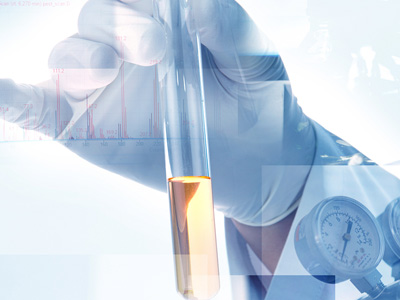Reaction Formula

Reagents
Benzyl chloride 2.8 mL (3.0 g, 0.024 mol); triphenylphosphine 6.2 g (0.024 mol); benzaldehyde 1.5 mL (1.6 g, 0.01 mol); chloroform; ether; dichloromethane; 50% sodium hydroxide; 95% ethanol.

Operation Steps
1. Synthesis of Benzyltriphenylphosphine Chloride
In a 50 mL round bottom flask, add 3 g of benzyl chloride, 6.2 g of triphenylphosphine and 20 mL of chloroform, install a reflux condenser with a drying tube, and reflux on a water bath for 2~3h. After the reaction was completed, it was changed to a distillation device, and the chloroform was evaporated. Add 5 mL of xylene to the flask, shake and mix thoroughly, and vacuum filter. The crystals were washed with a small amount of dichloromethane, and dried in an oven at 110 oC for 1h to obtain 7 g of quaternary phosphine salt. This product is a colorless crystal with a melting point of 310 oC~312 oC, stored in a desiccator for later use.
2. Synthesis of 1,2-Diphenylethylene
In a 50 mL round bottom flask, add 5.8 g of benzyltriphenylphosphine chloride, 1.6 g of benzaldehyde and 10 mL of dichloromethane, and install a reflux condenser. Under the full stirring of the electromagnetic stirrer, drop 7.5 mL of 50% sodium hydroxide aqueous solution from the top of the condenser, and drop it in about 15 minutes. After the addition, continue to stir for 0.5h.
The reaction mixture was transferred to a separatory funnel, 10 mL of water and 10 mL of ether were added, and the organic layer was separated after shaking. The aqueous layer was extracted twice with ether, 10 mL each time. The organic layer and ether extract were combined, washed with water 3 times, 10 mL each time, dried with anhydrous magnesium sulfate, the desiccant was filtered off, and the organic solvent was evaporated in the water bath. Add 95% ethanol to the residue and heat to dissolve, about 10 mL is needed, and then place it in an ice bath to cool, and trans-1,2-stilbene crystals are precipitated. Suction filtered, weighed after drying. The yield is about 1 g, and the melting point is 123 oC~124 oC. For further purification, methanol-water recrystallization can be used.
Pure trans-1,2-stilbene has a melting point of 124 oC.
This experiment takes about 8 hours.














